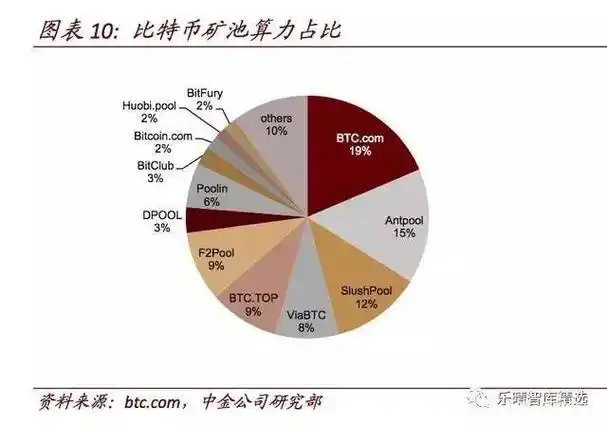In the rapidly evolving world of cryptocurrency, discussions often arise about the impact of energy efficiency on mining operations, particularly when it comes to ASIC (Application-Specific Integrated Circuit) mining hardware. As prices of cryptocurrencies like Bitcoin (BTC), Ethereum (ETH), and Dogecoin (DOG) fluctuate, the profitability of mining also shifts, prompting miners to consider the most effective hardware options available. As a company focused on selling and hosting mining machines, understanding the implications of energy efficiency can make a significant difference in operational costs and overall profitability.

ASIC miners are specifically designed to efficiently solve complex hash functions required for blockchain algorithms. This specialization allows them to outperform other types of mining hardware, such as GPUs (Graphics Processing Units), in terms of processing power and energy consumption. But with great power comes substantial energy use; thus, evaluating energy efficiency versus price becomes a crucial consideration for miners who want to maximize their returns within the volatile crypto landscape.
The capital investment in ASIC hardware can be daunting. Prices can range from several hundred to thousands of dollars, depending on the model’s hashing power and efficiency ratings. When making this investment, miners must weigh the potential return against the operational costs, primarily electricity expenses. Given that energy prices can vary significantly by region, the economic feasibility of running a mining farm hinges on local energy rates.

Moreover, the latest iterations of ASIC miners boast enhanced energy efficiencies, which can drastically lower electricity consumption per unit of cryptocurrency mined. For instance, advanced models like the Bitmain Antminer S19 Pro have been praised for their high efficiency, providing impressive hashing power while consuming less energy compared to older models. This kind of equipment could be the difference between a profitable mining venture and an investment doomed to failure. Just imagine mining Ethereum or Bitcoin and having the power bills consume a significant chunk of your rewards; that’s a reality many miners face without careful planning.
When it comes to hosting mining machines, energy efficiency is not merely a matter of choosing an optimal machine; it can also dictate the selection of a mining farm. Many operators offer hosting services that promise lower energy costs due to their operational scale and strategic partnerships with energy providers. By pooling resources and negotiating bulk rates, these facilities can provide significant savings for miners—mining pools that host ASIC machines often see significant advantages over setups that miners manage independently.
The growing prominence of renewable energy sources in powering data centers offers additional avenues for miners to enhance their energy efficiency. Solar, wind, and hydroelectric power can offset traditional energy costs, leading to a greener—and often more cost-effective—mining operation. For small-scale miners concerned about their carbon footprint, this shift toward sustainability could align closely with their values while also boosting profitability.
Nevertheless, potential ASIC miners must remain vigilant. Rapid changes in technology and cryptocurrency prices can render even the most advanced hardware obsolete within months. While investing in top-of-the-line ASIC equipment may provide immediate benefits, miners are advised to regularly audit their hardware’s performance and explore upgrades or alternatives. The rise of alternatives like Ethereum 2.0, which shifts to a proof-of-stake model, means that profitability in mining may soon take on new dimensions, potentially prioritizing energy-efficient hardware even further.
Ultimately, energy efficiency in ASIC mining hardware isn’t merely a question of cost; it represents a profound shift in how mining operations are conducted. Miners must engage in continuous learning and adaptation to understand their machinery, assess energy rates, and consider hosting options that favor efficiency. As blockchain technology progresses, the miners who can effectively balance these aspects will thrive—adding a crucial layer to their strategy in an inherently unpredictable market.

In conclusion, the thrust toward greater energy efficiency in the mining industry promises to reshape how miners approach ASIC hardware and mining farms. As they navigate the labyrinthine paths of capital investment, operational viability, and environmental impact, the answer to whether energy efficiency is worth the price will ultimately depend on the miners’ capacity for strategic decision-making amid the swirling currents of the crypto realm. Whether one is mining Bitcoin, Ethereum, or Dogecoin, embracing best practices surrounding energy efficiency is no longer optional; it’s integral to success in an age where every kilowatt counts.

Leave a Reply